Soluções
A Horse Construction oferece uma ampla gama de materiais de reforço estrutural, incluindo suporte técnico, suporte de documentação, suporte de produtos, suporte de software e suporte de projeto.
How to strengthen the floor slab with insufficient load-bearing? These two reinforcement methods are commonly used by structural reinforcement companies
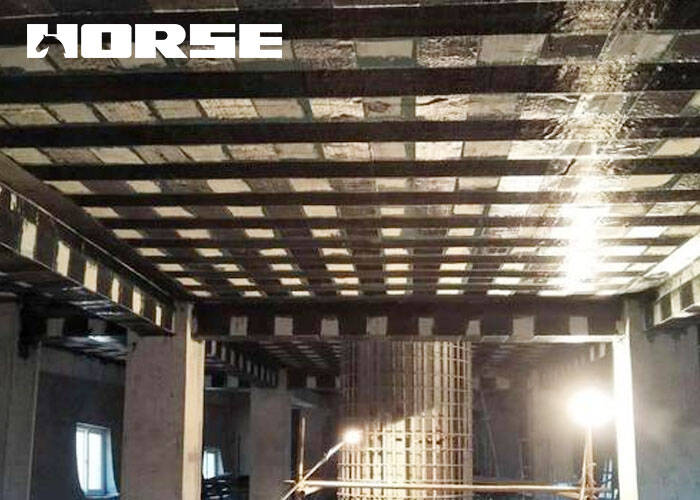
Floor reinforcement must first understand the principle of floor slab load-bearing. According to the different functions of the floor slab, the required load-bearing value is different, and then the corresponding reinforcement method can be used to strengthen the floor slab.
The general floor bearing value is: 2.0-3.5 (kN/m2)
1. Residences, dormitories, hotels, office buildings, hospital wards, nurseries, kindergartens
2.0(kN/m2);
2. Classrooms, laboratory rooms, reading rooms, conference rooms, hospital outpatient rooms, canteens, restaurants, general information archives 2.5 (kN/m2);
3. Auditorium, theater, cinema, stand with fixed seats, public laundry room 3.0 (kN/m2).
Load-bearing value of floor slab for special purpose
1. Shops, exhibition halls, stations, ports, airport halls and their passenger waiting rooms, stands without fixed seats
3.5(kN/m2);
2. Gym, performance stage, ballroom
4.0(kN/m2);
3. Book stacks, archives, storage rooms
5.0(kN/m2);
4. Dense cabinet book stack
12.0(kN/m2);
5. Ventilation machine room, elevator machine room
7.0 (kN/m2).
Two main reinforcement methods are used for floor reinforcement: stick steel reinforcement and stick carbon fiber reinforcement. These two reinforcement methods have their own advantages and disadvantages in actual reinforcement engineering applications, as follows:
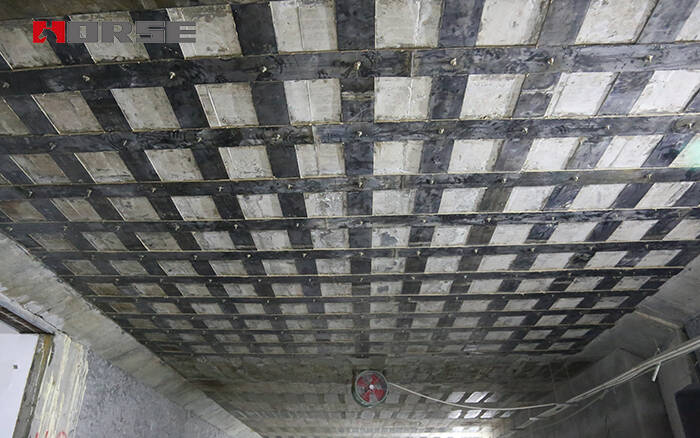
Bonded steel plate reinforcement
The steel frame and the floor slab are riveted into a whole, and the steel frame is bridged on the beams, and the weight acting on the floor slab is directly transmitted to the beams through the steel frame, thereby improving the load-bearing method of the floor slab.
Carbon fiber reinforcement
The carbon fiber cloth is evenly pasted on the bottom of the floor slab and bonded to the floor and the beam as a whole, and the weight on the floor is transferred to the beam through the stretching of the carbon fiber, so as to improve the load bearing of the floor.
The advantages and disadvantages of the two slab reinforcement methods are very obvious. Steel reinforcement is cheap, easy to construct, and does not require additional construction. The disadvantage is that it has limited load-bearing capacity and sacrifices the height of the factory building. The advantages and disadvantages of carbon fiber reinforcement are just the opposite of steel reinforcement, which has a good effect on improving the load-bearing capacity and requires less maintenance.
The above two kinds of floor load-bearing reinforcement methods can effectively improve the load-bearing capacity of the floor slab. However, the specific reinforcement method to be selected needs to be selected according to different functions, different values of floor live load, on-site construction environment, project characteristics and other factors to select a targeted design reinforcement plan.
Você pode encontrar tudo o que precisa aqui. Confie e experimente esses produtos, você vai perceber uma grande diferença depois.
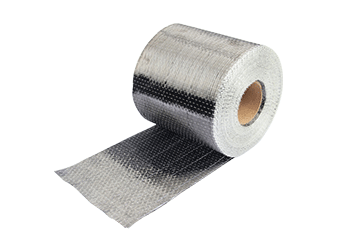
A fibra de carbono da Horse Construction é para reforço estrutural, reparo e modernização de substratos de concreto, alvenaria, aço e madeira em edifícios, pontes, rodovias, ferrovias, túneis, píeres e aeroportos civis.
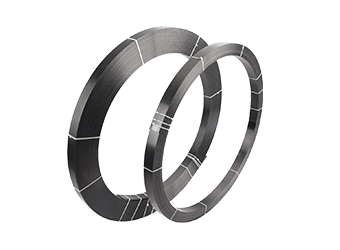
O laminado de polímero reforçado com fibra de carbono Horse (CFRP) é um laminado composto pré-curado, colado na estrutura como reforço externo com epóxi HM-120CP.
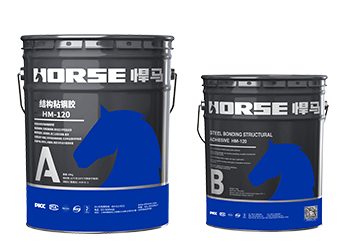
O adesivo de colagem de placa de aço estrutural HM-120 é um produto epóxi de dois componentes, com forte adesão, cura em temperatura ambiente. Possui excelentes propriedades antienvelhecimento, resistência ao choque em autoadesão e adesão mútua de aço e co